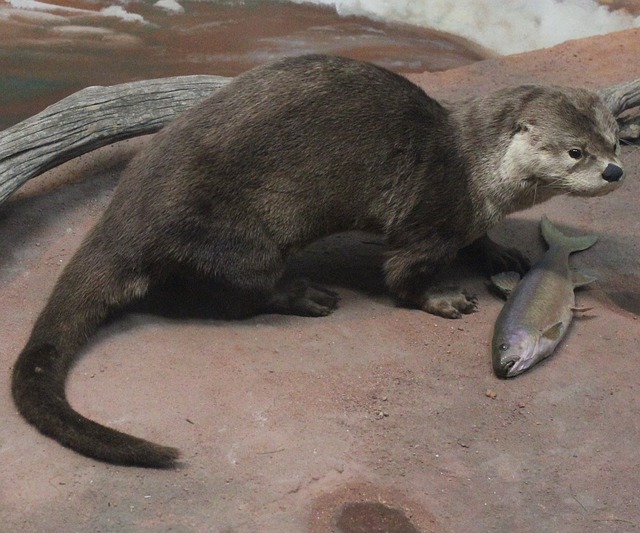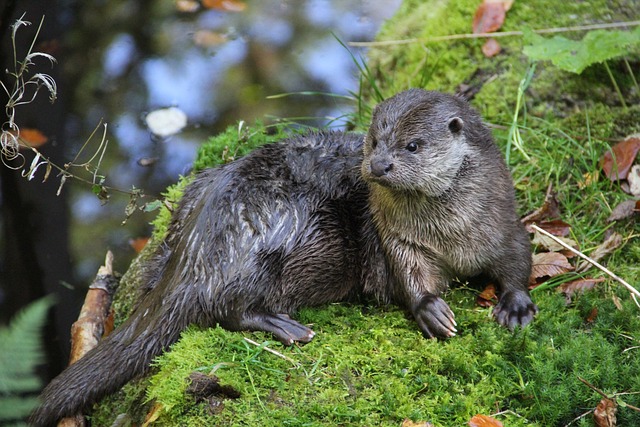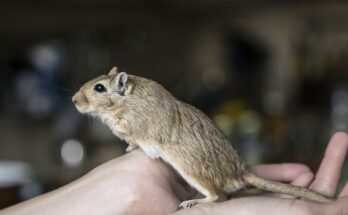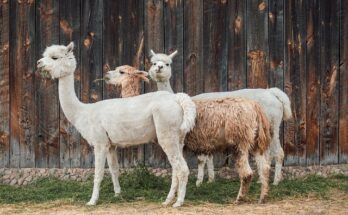Introduction:
In the grand tapestry of nature, there are certain features that captivate our imagination, drawing us into the intricate world of animal adaptations. Among these fascinating attributes, the otter tail stands out as a unique marvel, serving as both a tool for survival and a symbol of adaptability. Join me on a journey as we delve deep into the realm of otter tails, uncovering the secrets behind their remarkable design and unraveling the mysteries of these aquatic creatures.
Chapter 1: The Anatomy of Otter Tails
To truly appreciate the significance of otter tails, we must first understand their anatomy. Unlike the tails of many other animals, which may be primarily used for balance or communication, otter tails are specialized for life in the water. These elongated appendages are flattened and muscular, perfectly suited for propulsion through rivers, lakes, and coastal waters. Their streamlined shape minimizes drag, allowing otters to navigate swiftly and gracefully beneath the surface.
Chapter 2: The Functionality of Otter Tails
The functionality of otter tails extends beyond mere locomotion. These versatile appendages play a crucial role in the daily lives of otters, aiding them in various activities such as hunting, communication, and social interaction. By using their tails as rudders, otters can swiftly change direction while chasing prey or evading predators. Additionally, the unique texture of their tails allows otters to grip and manipulate objects with remarkable dexterity, showcasing the adaptability of these resourceful creatures.
Chapter 3: Hunting Techniques and Strategies
One of the most fascinating aspects of otter tails is their role in hunting. Otters are highly skilled predators, employing a diverse array of techniques to capture their prey. From stealthy stalking to frenzied chases, otters utilize their tails to propel themselves with unparalleled agility, allowing them to outmaneuver even the most elusive of prey. By studying the hunting strategies of otters, we gain valuable insights into the complex dynamics of predator-prey relationships and the delicate balance of ecosystems.
Chapter 4: Communication Through Tails
Beyond their practical functions, otter tails also serve as tools for communication. Through subtle movements and gestures, otters convey a wealth of information to their peers, signaling everything from playfulness and affection to warning signs and territorial boundaries. By observing the nuanced interactions between otters and decoding the language of their tails, researchers gain valuable insights into the intricate social structures and behaviors of these charismatic mammals.
Chapter 5: The Cultural Significance of Otter Tails

Throughout history, otters and their tails have held a special place in the hearts and minds of cultures around the world. From indigenous legends and folklore to modern-day conservation efforts, otters have captured the imagination of people from all walks of life. Their tails symbolize resilience, adaptability, and a deep connection to the natural world, serving as ambassadors for the conservation of aquatic ecosystems and the preservation of biodiversity.
Chapter 6: Conservation Challenges and Solutions
Despite their cultural significance and ecological importance, otters face numerous threats to their survival, including habitat loss, pollution, and human encroachment. To ensure the long-term viability of otter populations, concerted conservation efforts are needed to protect their habitats, mitigate human-wildlife conflicts, and raise awareness about the importance of preserving these charismatic creatures. By working together, we can safeguard the future of otters and their tails for generations to come.
Chapter 7: Evolutionary Origins and Adaptations
The evolutionary history of otter tails is a testament to the power of adaptation and survival in the face of changing environments. Through millions of years of natural selection, otters have honed their tails to perfection, refining them into the sleek and efficient tools we see today. By tracing the evolutionary origins of otter tails, scientists can unravel the genetic and morphological changes that have shaped these remarkable appendages, shedding light on the interconnectedness of all life forms and the processes that drive evolution.
Chapter 8: The Role of Otters in Ecosystems

As keystone species in their respective ecosystems, otters play a vital role in maintaining the balance of natural habitats. By preying on herbivorous fish and invertebrates, otters help regulate populations and prevent overgrazing, thereby preserving the health and diversity of aquatic ecosystems. Additionally, otter activity can have cascading effects on other species, influencing everything from water quality to shoreline vegetation. By understanding the ecological significance of otters, we can better appreciate the interconnected web of life and the importance of conserving biodiversity.
Chapter 9: The Art of Otter Tail Photography
Capturing the beauty and grace of otter tails through photography is both an art and a science. From the tranquil waters of remote rivers to the bustling shores of urban waterways, otters inhabit a wide range of environments, each offering unique opportunities for photographers to document their behavior and habitat. By employing patience, creativity, and technical skill, photographers can capture stunning images that showcase the elegance and charisma of otters and their tails, inspiring others to appreciate and protect these magnificent creatures.
Chapter 10: The Future of Otter Conservation
As we stand on the cusp of a new era of conservation, the future of otters hangs in the balance. While significant progress has been made in recent years to protect and preserve otter habitats, much work remains to be done. By supporting initiatives such as habitat restoration, pollution prevention, and sustainable fisheries management, we can create a brighter future for otters and ensure that their tails continue to grace our waterways for generations to come. Together, we can turn the tide and secure a legacy of conservation that will benefit not only otters but all life on Earth.
Conclusion:

In conclusion, otter tails are more than just appendages; they are symbols of resilience, adaptability, and the interconnectedness of life on Earth. By studying these remarkable creatures and unraveling the mysteries of their tails, we gain a deeper appreciation for the wonders of the natural world and our place within it. As stewards of the planet, it is our responsibility to protect and preserve the habitats of otters and ensure that future generations have the opportunity to marvel at these aquatic marvels. See more
FAQS:
Tail. The tails of river otters and clawless otters are long and about one-third of the total body length. They are thick at the base, muscular, flexible, and taper to a point. The giant otter’s tail is similar to those of other freshwater otters.
A dog with an otter tail is one that has a thick, rounded tail. This rounded look is usually because of a thicker coat. The tail is pointed down, usually with a small c-shape, or it remains fairly straight. This is a great tail for water-dogs because they use it as a rudder while swimming.
It has a slim, stream-lined body with short legs and a long, muscular tail that is wider at the base and thinner at the tip. On average, otters can be 36 to 50 inches long from the head to the tip of the tail (the tail can measure from 12 to 18 inches long by itself) and they weigh between 12 and 25 pounds.
The tail is highly muscular and comprises up to 40 percent of the otter’s total body length. With the tail’s strong, undulating movement, a river otter propels itself through the water as fast as 8 miles (13 kilometers) per hour and can easily dive to 36 feet (11 meters) or more.
A long, strong tail helps propel the otter through the water. They can stay underwater for as many as eight minutes. North American river otters have long whiskers, which they use to detect prey in dark or cloudy water, and clawed feet for grasping onto slippery prey.
Etymology. The word otter derives from the Old English word otor or oter. This and cognate words in other Indo-European languages ultimately stem from the Proto-Indo-European root *wódr̥, which also gave rise to the English word “water”.
Tails: Sea otter tails are short and flat, while river otter tails are long and more pointed. Swimming style: While both types of otter love to swim, their swimming behaviors are quite distinct.
Baby Otter Bottle Fed Wags Tail | Did you know that otters wag their tails like dogs when they’re happy!
Physical Description: Otters have a massive seal-like head and a wide, flattened wedge of a tail. The skull of the giant otter is long and flattened and can contain 34-36 teeth. Length from head-to-tail is approx. 6 ft.




